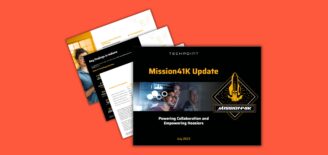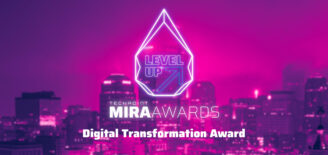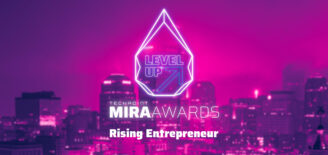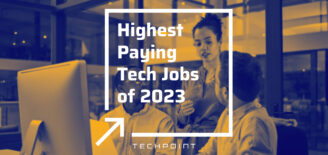Here’s Why Mobile Employee Engagement Is Ready to Take Off
The human resources technology market, now valued at $15 billion in software alone, is exploding with innovation. The way employees work – from anywhere, at any time – is driving an evolution of technology better suited to manage and engage this new worker prototype.
The way employees prefer to get their work done is shifting, driven by a few key trends, and leading businesses must ultimately embrace and manage the change to find new, smarter ways to engage, support and retain employees.

71 percentof employees are not fully engaged at work.
In fact Dale Carnegie and MSW completed a study with over 1500 employees and found that 71 percent of employees are not fully engaged at work.
A staggering $11 billion is lost annually due to employee turnover – but businesses take an even greater loss in productivity when it comes to the performance of employees. Companies with engaged employees, according to the same study, outperform those with disengaged employees by up to 202 percent.
In the last two decades, I’ve watched the human resources (HR) market explode. When I was working with Salesforce (then ExactTarget), we were building a unique company culture that was scalable enough to take the company through its acquisition. Even as the company grew from 200 to 3,000 employees, we were always recognized for our best-in-class employee engagement strategies.
My philosophy around employee engagement remains the same – I agree with Peter Drucker when he calls out management for sometimes making it more difficult for people to work. HR has the opportunity to be, in Drucker’s words, “a catalyst” for the entire organization to declutter by simplifying communications, disentangling processes, and consolidating information.
I believe HR has the power to be that catalyst by leveraging mobile employee engagement to change the future of employee management and ultimately engagement. The key to communicating with employees in all cases, is finding the medium they’re most comfortable with – and in this case, employees prefer their smartphones. In 2014 and 2015, the average U.S. adult spent more time accessing the Internet via their mobile device than their laptop.
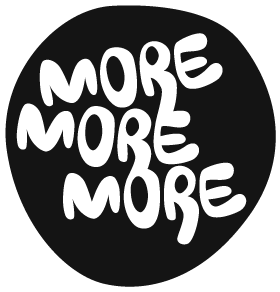
'Do Less Better'instead of just 'Do More With Less.'
Simplification is long overdue – and mobile devices can help us “Do Less Better” instead of just “Do More With Less.”
Employees will adopt technology that makes their lives better. We see Slack eliminating the need for email in some work environments, because organizations are simplifying their internal communication processes. Similarly, internal applications designed to cater to employees on their mobile devices can be a time-critical, responsive and accessible solution to engaging employees.
We unlock and look at our smartphones 150 times per day. Mobile applications give employees the information they need within their company’s system, recognize employees for a job well done, communicate company news and align employees on tasks and long term goals.
I’ve recently joined the Bluebridge team to bring these new employee engagement ideas to market. In the words of our CEO Santiago Jaramillo in a recent Forbes article, “our purpose as a company is to help organizations thrive by helping them communicate and engage with their audiences. Our most important audience for us to reach is our own internal people.”
In a world where people truly are your most important asset, it’s time to overcome the engagement problem. Mobile employee engagement applications will play a crucial role in how we’ll work, manage and retain employees for generations to come.




